How does successful innovation work, and how can you get started? In this book, social scientist and Columbia Business School professor Sheena Iyengar introduces Think Bigger, a method for devising creative solutions to complex problems. Building on decades of research on creativity and human psychology, it models the real-life creative process in six concrete, actionable steps. This book is easy to navigate and generous in its detail. It would suit anyone seeking a structured guide to rigorous idea generation and vetting, from corporate teams to individual artists and entrepreneurs.
Anyone can access the building blocks of creativity.
Everyday discourse on innovation portrays creativity as a rare and innate gift. There are creative types, and then there is everyone else. Those with creative capacity are just born that way – so the thinking goes – blessed with the ability to dream up brilliant ideas from nothing. The popular distinction between “right-brained” and “left-brained” thinking supports this notion, suggesting that some people are wired to see the world in curlicues and colors rather than boring, straight lines.
None of this is true.
Decades of research shows that anyone can be creative; moreover, creativity is not limited to any particular type of mental activity. When you break creativity down into its basic elements, it turns out that those building blocks are familiar to everyone.
Innovation is a skill you can learn and practice. This is because innovation is, simply, taking existing ideas and bringing them together in new and helpful ways that allow you to better “solve a complex problem.” Zany inventions, groundbreaking artwork, disruptive business ideas...










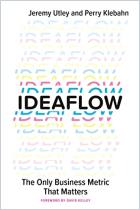
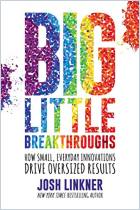

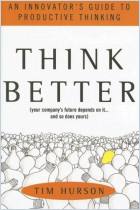
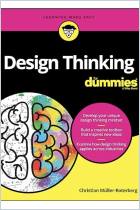
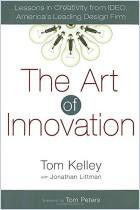



Comment on this summary or Diskussion beginnen